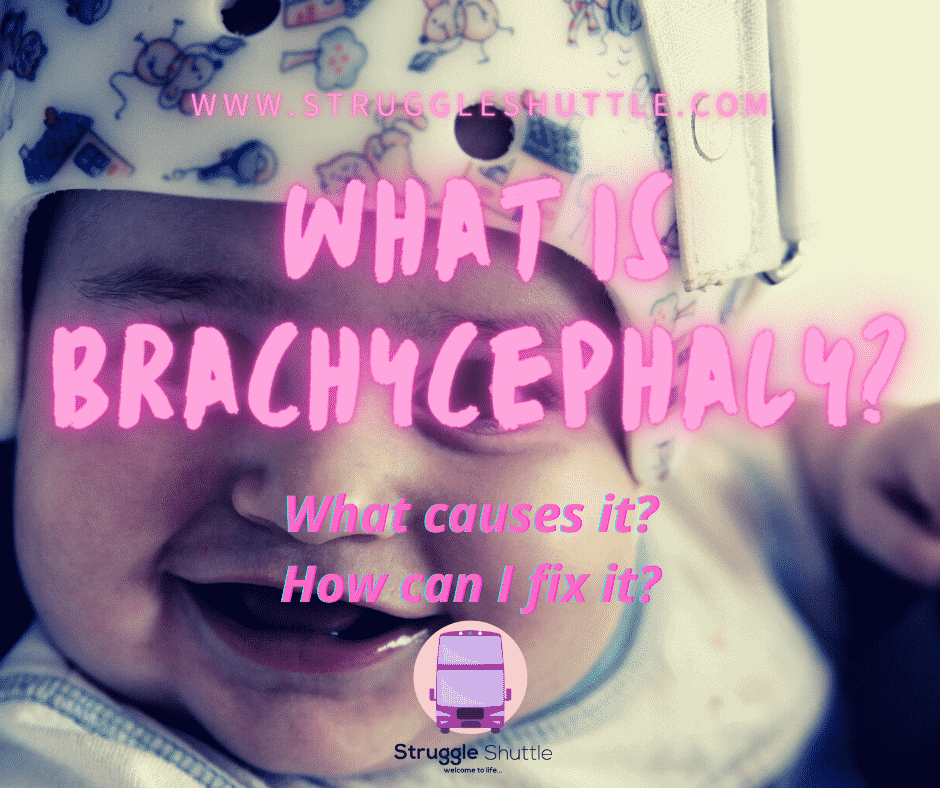
What is Brachycephaly?
My youngest daughter was recently diagnosed with severe Brachycephaly. When our pediatrician first suggested that we go to see a specialist for an official diagnoses I had questions. What is Brachycephaly? What causes it? Is it my fault? How can I fix it?
At my daughters‘ two month check up our pediatrician expressed concern about the flatness of the back of my daughters’ head. She advised us to keep her off of it as much as possible and she would reevaluate it at her four month appointment.
My daughter started rolling over at 2 months 6 days old. She started sleeping on her stomach shortly after she mastered rolling. Between massive amounts of tummy time, sleeping on her stomach, and sitting in her Bumbo seat or activity centers she was RARELY laying on her back. However, at her four month appointment, her head was still flat.
We were referred to a specialist, Cranial Technologies, for an official diagnosis of Brachycephaly.
At our initial consultation I got the answers to all of my questions (in layman’s terms):
What is Brachycephaly?
A condition of head shape abnormality. The head is is abnormally wide and flattened in the back. This is sometimes accompanied by a sloping or bulging forehead.
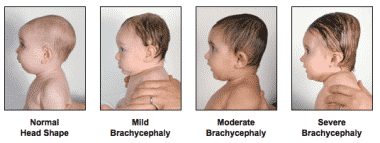
What causes Brachycephaly? What are the risk factors? Did I cause it?
The doctors at Cranial Technologies reassured me that it was NOT my fault. They told me that there are several factors that can contribute to Brachycephaly including genetic disorders, but the most common risk factors/causes are:
- Positioning in the womb– laying with head on a bone in utero, hence causing the cranial bones to grow flat. (This was what our doctors contributed as the cause for our daughters’ condition.)
- Premature birth– premature babies usually have to spend the first part of their life in the NICU where they are constantly laying on their backs/back of their head.
- Torticollis– a condition seen quite often alongside Brachycephaly. Torticollis is the condition of abnormally tight neck muscles that cause the baby to have a head tilt. The tight muscles result in pressure within the babies’ head. (My daughter has a slight head tilt that she is going to physical therapy for, although they did not diagnose her with Torticollis.)
- Back sleeping– Back sleeping became popular in the 90’s and has since reduced the risk of SIDS by over 50%. However, it also contributes to the rising case number of Brachycephaly.
- Baby Carriers/Nappers/Convenience Devices– Car seats, pack-and-plays, changing tables, bassinets, loungers, etc… all result in baby laying flat on the back of their head.
Related Post:
Nebula Genomics Review | 30x Whole Genomics Sequencing
How common is Brachycephaly?
Statistics say that 1 in 2 (or 50%) babies have some degree of DPB (deformational plagiocephaly brachycephaly) and 1 in 4 have a moderate to severe case.
What is the treatment for Brachycephaly?
Doc band therapy. The Doc band is a light-weight band that redirects cranial bone growth. The child will wear the band for 23 hours a day (taking off for baths only). The total length of time that a child will wear this band depends on:
- The severity of their condition.
- The age of the child:
- <4 months= 5-7 weeks
- 4 months= 6-9 weeks
- 5 months= 8-10 weeks
- 6 months= 2.5-3.5 months
- >7 months= 3.5-4 months
How often are follow-up appointments?
- <6 months = once a week
- 6-11 months = once every 2 weeks
- >11.5 months = once every 3 weeks
What happens at the follow up appointments?
Doctors will make adjustments to the band as needed.
How much does treatment cost?
Treatment costs around $2000 depending on payment method (Less if paid in full. More if using a payment plan.) Most of the time insurance does not cover treatment as it is currently viewed as a “cosmetic” therapy. Some insurances, however, will contribute it towards your deductible.
Related Post:
Be Boujie on a Budget
Our daughter was sized for her band last week (they do this by taking multiple 3D pictures) and she just gets her band tomorrow!




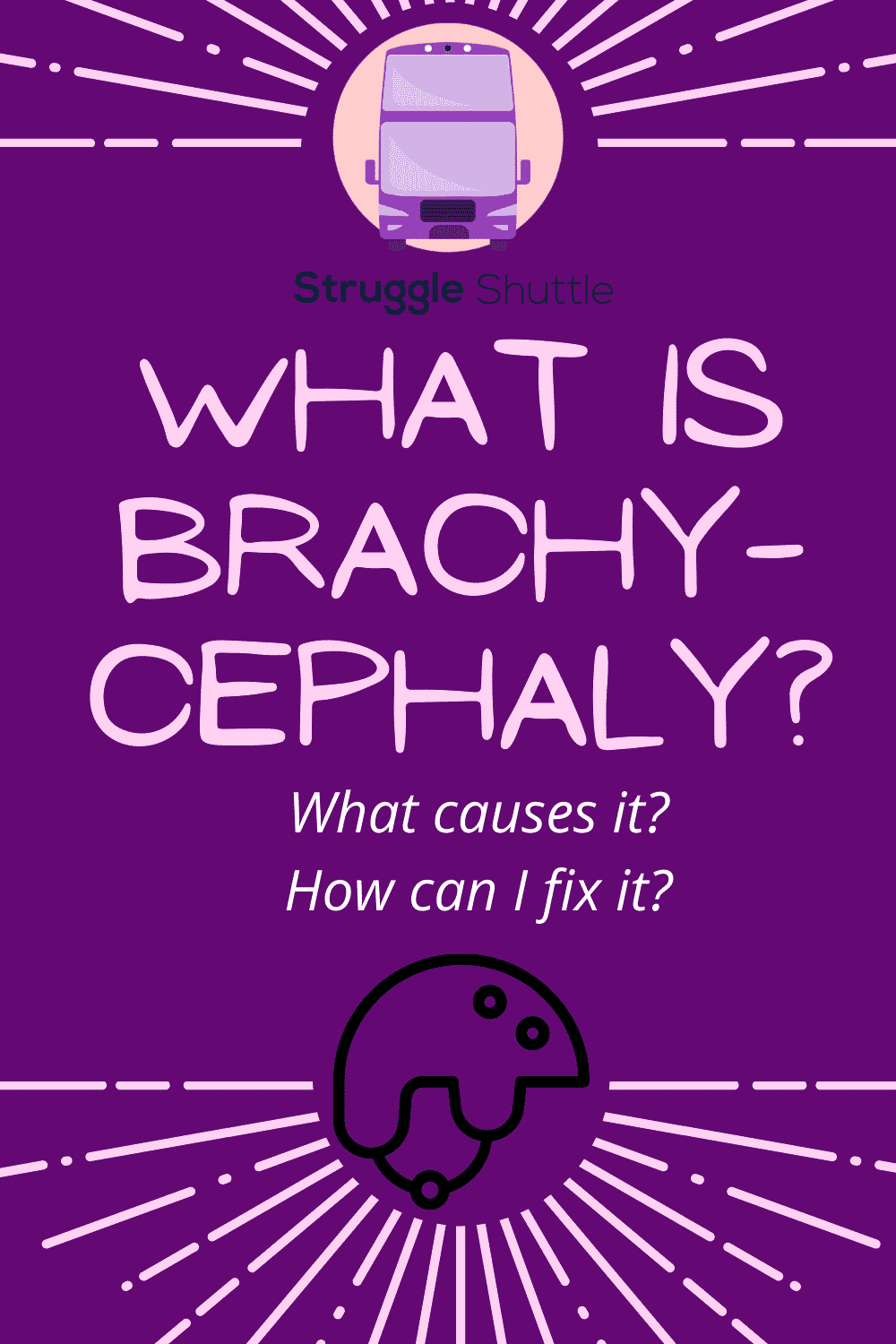
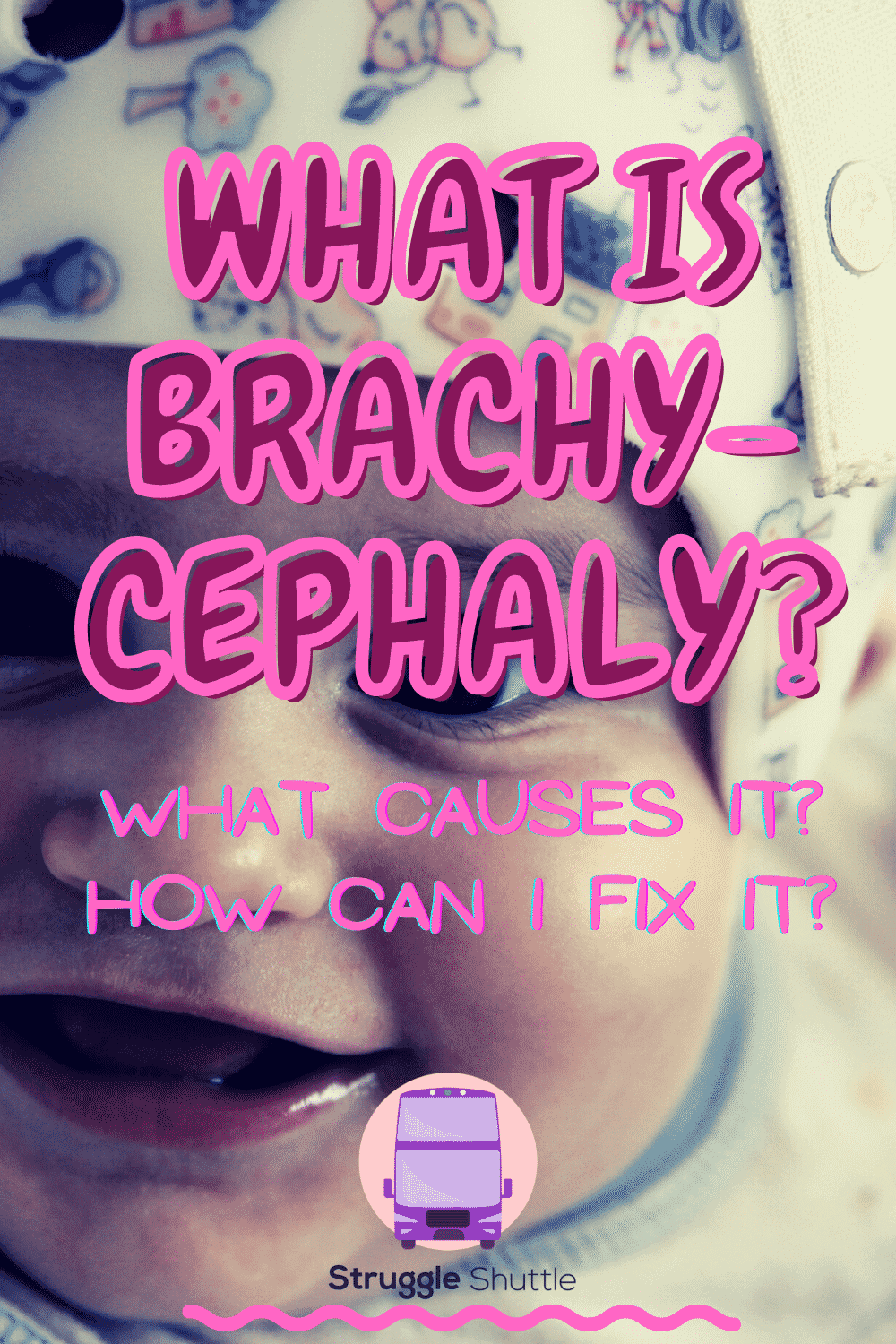


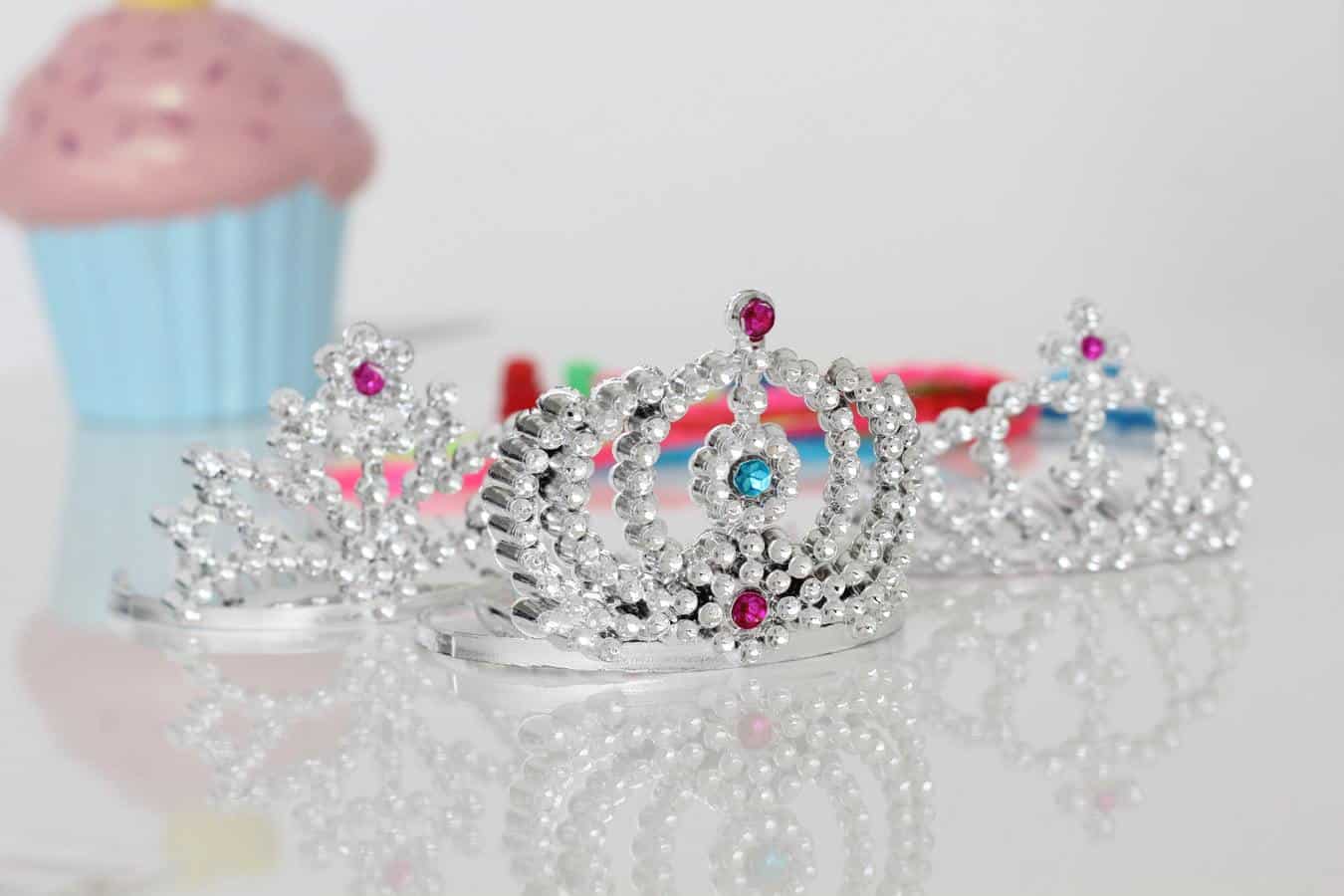

30 Comments
Tasheena
This post is really informative, thanks for sharing this information about Brachycephaly.
Tara Pittman
This is very good info for new parents. I am glad that there are treatments for this.
Amanda
This is very helpful information. From a casual observer, I’ve been seeing so much more of this. Is the band for treatment the same as the helmets come babies wear?
Bri
Yes, the Doc band is the same thing as the helmets that you see.
Amber Myers
I didn’t know what this was before today. I am glad I could learn more about it. I hope your daughter does well with her band!
Audrey
Oh wow, this is so interesting. I’m so lucky that neither of my two had this but I have had friends who have had children who have had to go through this. It is always good to be knowledgeable on this sort of thing.